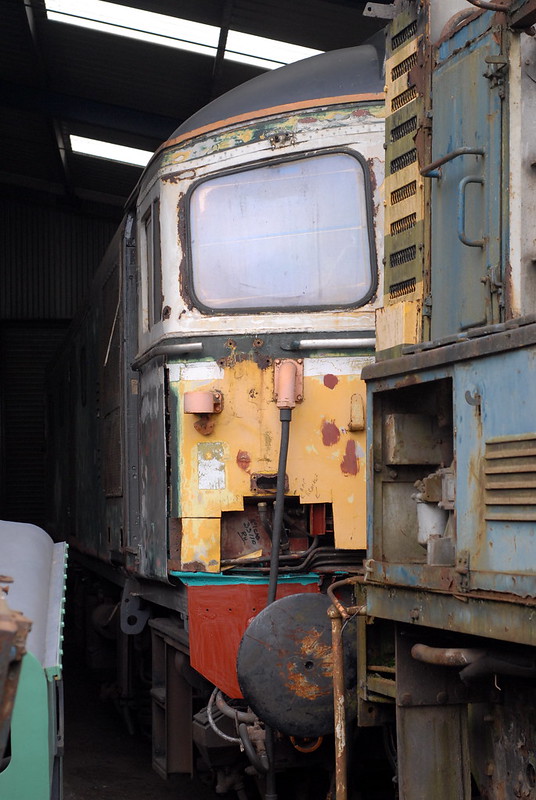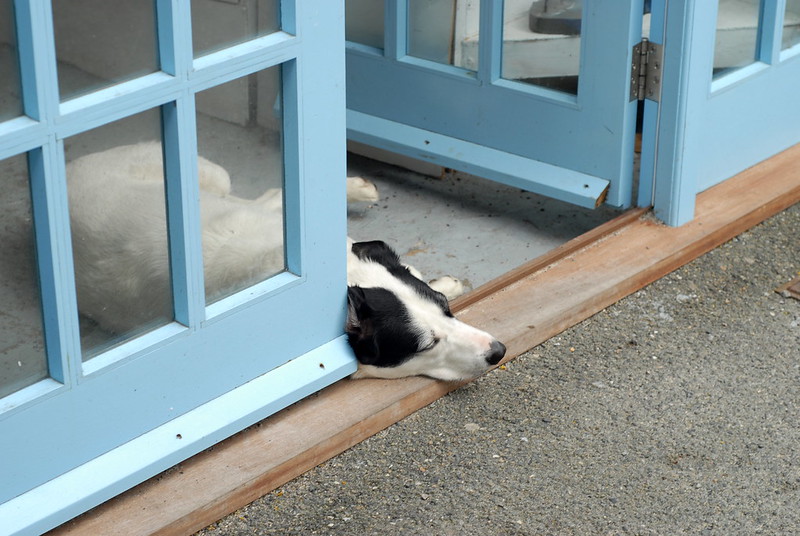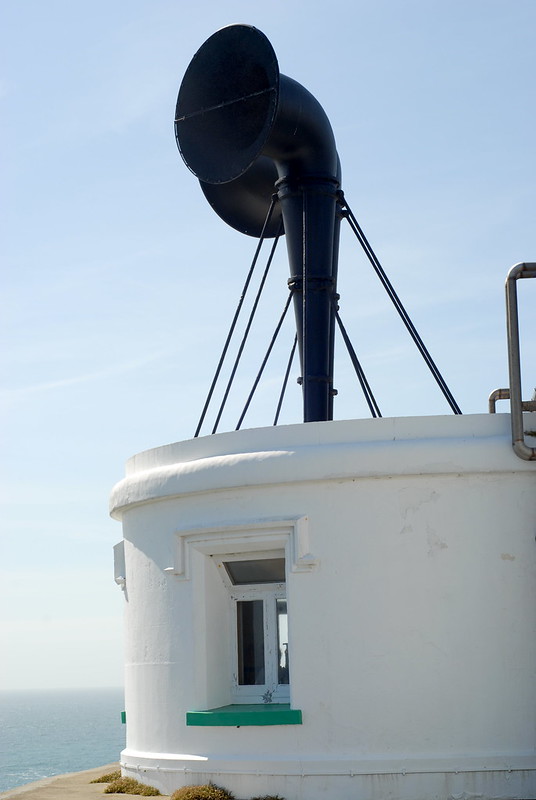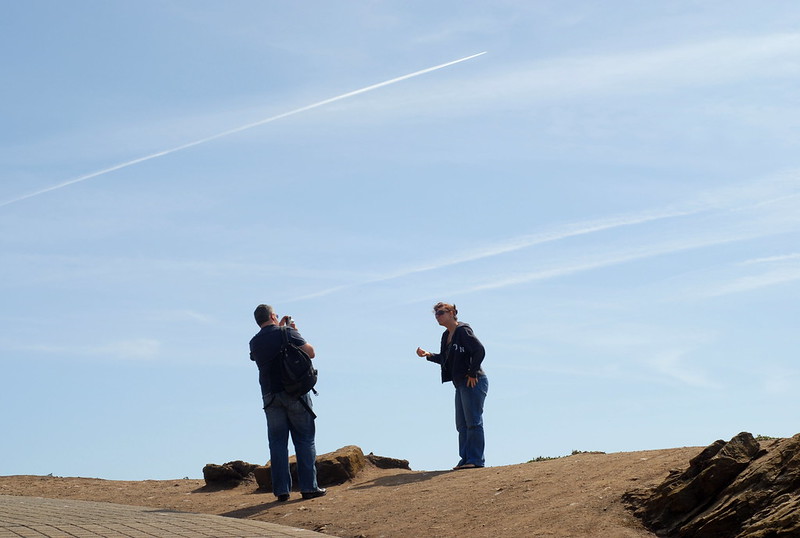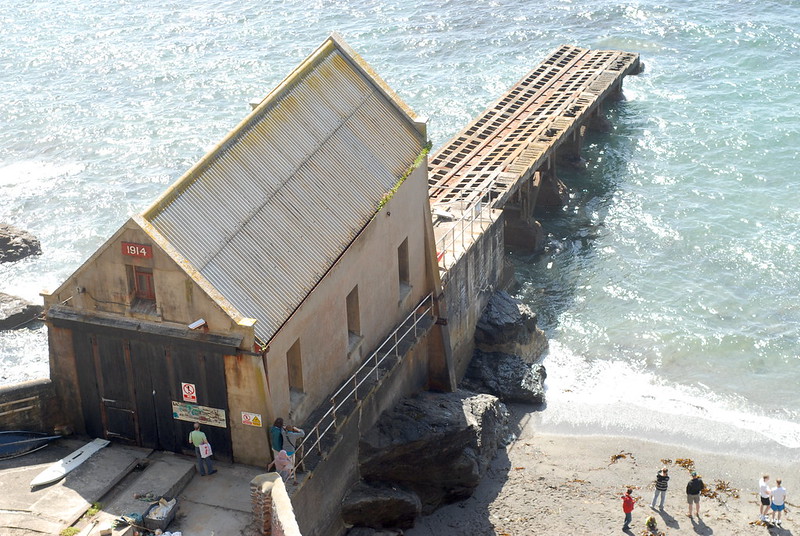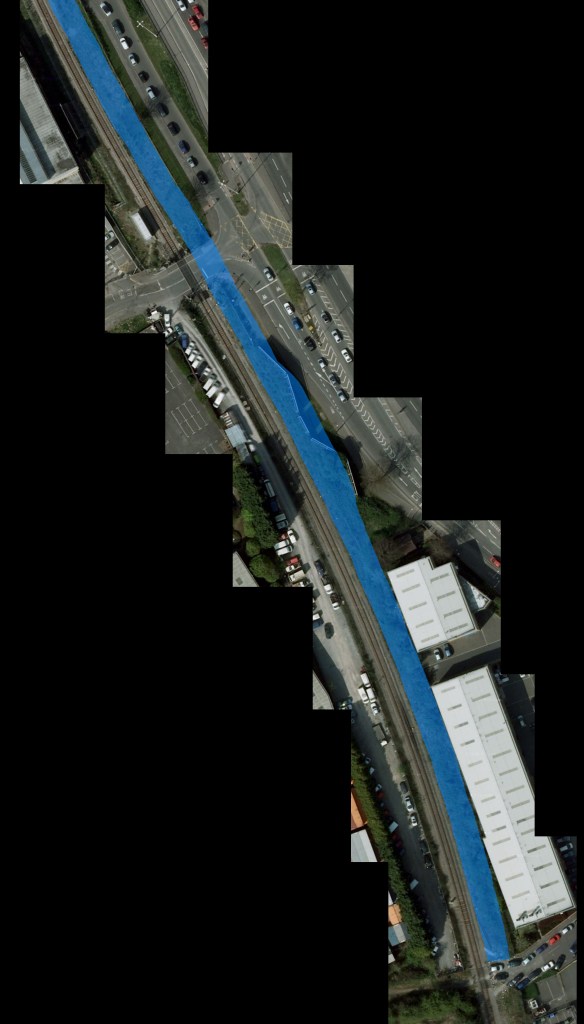Vegetarian
In which we disbelieve vegan propaganda, and try food made of additives and nothing else
At the weekend: off we went to a vegetarian food event we’d seen advertised in The Spark, put on by vegan campaigning organisation Viva!. We were expecting it to be slightly biased, obviously, but even so the strength of the propaganda they gave was slightly surprising. They claim, according to a poster we saw there, that their “veggie roadshows” have saved the lives of 100 million animals so far, which sounds like, well, a rather large number. They claim that one person converting to the veganist religion will save “around 11,047 animals”. I love that figure, and, particularly, the “around” part. Around. A rough estimate: it might only be 11,046-and-a-half animal lives, or you might do well and manage a whole 11,047-and-an-eighth! Going by these numbers, that means they think they’ve converted 9,052.2314 people to veganism (don’t forget that almost-a-quarter of a person at the end there) – or about 650 a year, on average, since they started out. How they count those 11,000 – sorry, roughly 11,047 – animals, I’m not entirely sure. Do animals who will now not be born count as lives saved? Will all those 11,047 (roughly) animals live out their natural lives in some happy, predator-free elysium? Forever cute, as their propaganda posters show? Who knows?
Anyway, we did have a poke round the stalls giving out samples of vegan food from various suppliers, and even tried a couple. K sampled some vegan “milk” chocolate – “ok, but like that cheap shit you get in advent calenders,” she said. Which is seasonal, at least. Moreover, we both tried “Sheese”, a vegan cheese substitute made on Bute. The one we tried was “Creamy Sheese”, a rather sweet gloop made from water, vegetable oil, soya concentrate, salt, lactic acid, sugar, “flavouring”, and carrageenan gum.* In other words, not very much. It tasted rather like sweetened processed cheese spread. Looking at the ingredients, that’s not too surprising, because it has a lot of the sort of thickener and flavouring that you get in cheap processed cheese spread. It explains, too, why the non-dairy “milk” chocolate tasted like cheap confectionery milk chocolate: because we recognise the additive taste.
We try to eat healthily, so we thought the Viva event might be interesting to us. Frankly, though, they’re not about eating healthily, at all. They’re not too concerned about the environment either, or about fair trading;** their main care is saving all the cute fluffy animals. It’s easy: just take out all the meat, milk, and eggs from your diet, and replace it with Brazilian soya and additive-enhanced, flavouring-enhanced artificial food. Personally, I’d rather eat real food, genuinely additive-free food, simple local ingredients grown in ways that respect the land. That’s the way to eat healthily, and that’s the way to help the environment. We don’t eat much meat; but we do try to stick to organic meat. It might have looked cute before it was killed and butchered, but I’d rather eat a pig from five miles away, or cheese similarly, than soya that was grown on the site of a tropical jungle and flown over to a British factory to be turned into something resembling food.
* I looked the ingredients list up later on their website, which stresses that the water is filtered and the lactic acid from non-dairy sources, but doesn’t give any more detail than “flavouring” for the artificial flavourings. It has slightly less energy and fat than genuine cream cheese, but is roughly comparable. By comparison, the Sainsburys organic cream cheese in our fridge doesn’t actually have an ingredients list, apart from “Contains cow’s milk”.
**to be fair, the stall with the vegan chocolate products did have a lot of organic, fair-trade produce; but it didn’t seem to be a major concern for any of the other stands. And we did pick up two useful things: a list of local healthy food suppliers, and a menu for the oriental restaurant in the Tobacco Factory building.

 Home
Home




